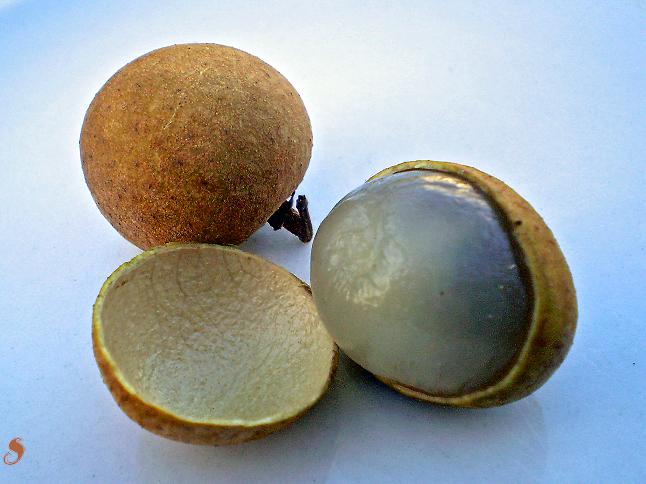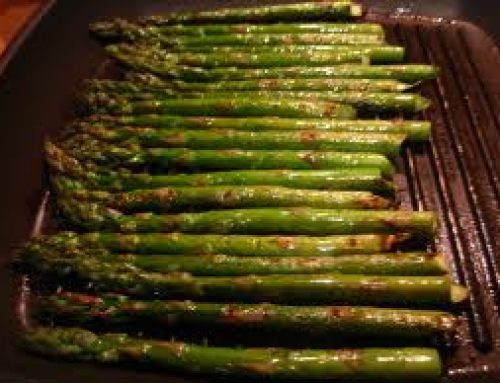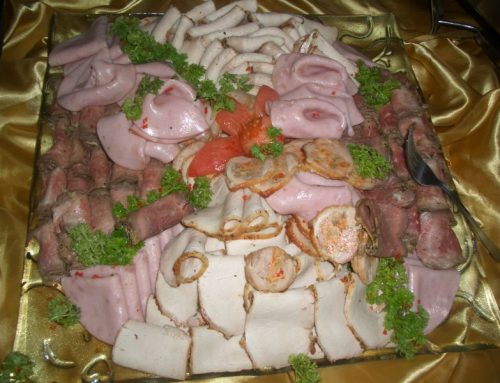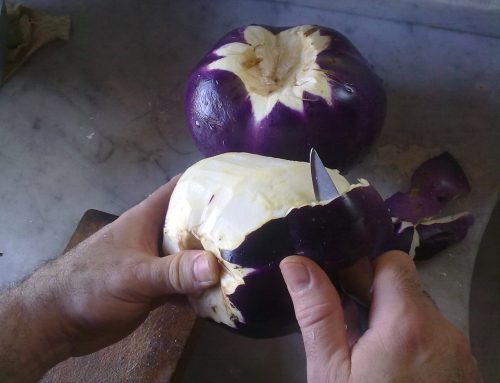Although its formal name is Dimocarpus longan, Longan are a tropical tree that produce fruit and is closely related to the lychee.
Its Chinese name means ‘Dragon eye’ becuase when the fruit is shelled, it closely resembles an eyeball.
It is used a great deal in Chinese cuisine and is often used in East Asian soups, snacks, desserts, and sweet-and-sour foods, either fresh or dried, sometimes canned with syrup in supermarkets.
So if we can eat them, can guinea pigs eat longan, and if so how much can they eat?
Lets take a look at its nutritional data to find out a bit more about it.
In particular, we are interested in its calcium, fat, phosphorus, acid, and sugar content.
Energyt251 kJ (60 kcal)
Carbohydratest15.14 g
– Sugarstn/a
– Dietary fibert1.1 g
Fatt0.1 g
Proteint1.31 g
Thiamine (vit. B1)t0.031 mg (3%)
Riboflavin (vit. B2)t0.14 mg (12%)
Niacin (vit. B3)t0.3 mg (2%)
Vitamin Ct84 mg (101%)
Calciumt1 mg (0%)
Iront0.13 mg (1%)
Magnesiumt10 mg (3%)
Manganeset0.052 mg (2%)
Phosphorust21 mg (3%)
Potassiumt266 mg (6%)
Sodiumt0 mg (0%)
Zinct0.05 mg (1%)
(source: Wikipedia)
As you can see Longan contains a bit of phosphorus, no calcium, a hint of fat, but are very acidic.
However, they have an awesome amount of vitamin c in them which is very good.
With that guinea pigs can eat longan, but only in very small amounts once a week. However they are a welcome addition to the guinea pig diet as their vitamin c content is so fantastic.





